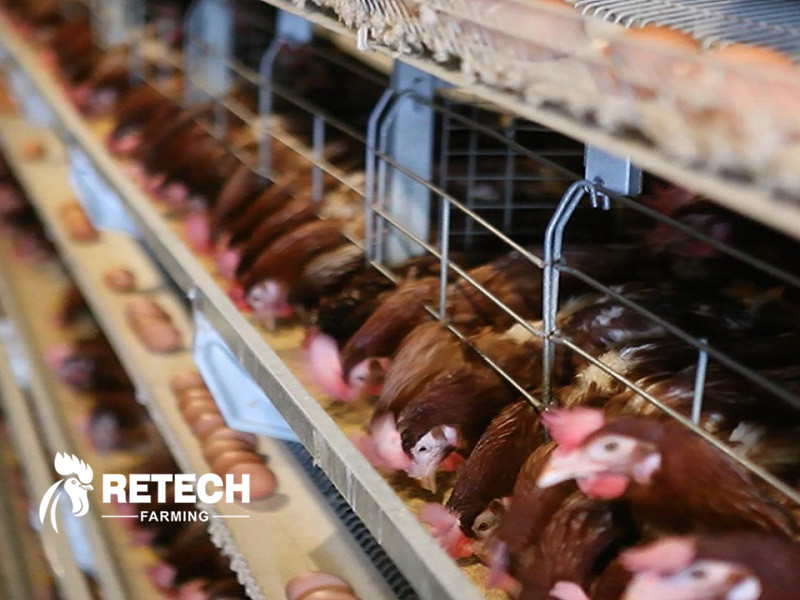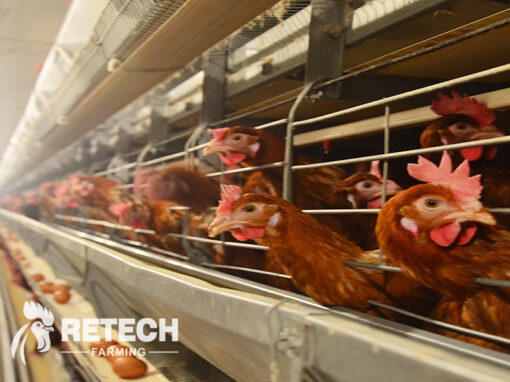Some signals in the chicken coop represent the health of the chickens, and professional chicken farmers need to understand these two aspects.
1.Hear the sound of chickens
Before going to bed every night, be sure to go to the chicken coop to listen to the movement of the chickens, whether it is difficult to be quiet due to constant flipping, whether there is abnormal respiratory tract and the performance of rales or dry cough.

chicken cage
2.Look at feces
The observation of feces should be observed in terms of color and shape.
There are many color changes, such as red, pay attention to single or mixed symptoms of coccidiosis and necrotizing enteritis; and yellow cream-like stool should pay attention to diseases such as influenza; white egg white (smooth feel) should pay attention to pullorum and bursa Inflammation; the white lime-like (rough feel) must be ventilated or kidney-borne; green can also be divided into dry green and thin green, dry green is generally seen in dysbacteriosis, and thin green is seen in infection of viral diseases; and black feces in recent years Increasingly, this is caused by mycotoxins, a mix of bacteria or a combination of enteroviruses.
However, according to the shape of the feces, the normal-shaped feces fall from the cage, and the feces become cow dung pats with a layer of white uric acid attached on them; if they fall into thin strips and dry out, it is due to the intestinal tract. Bleeding causes slower peristalsis, or the feces stay in the intestines for too long, and the water absorbs too much. Such feces are generally accompanied by low feed intake; loose feces: as long as the feces fall and fall apart, they are loose if they are not formed. Feces, and watery stools, are due to intestinal dysfunction and edema, resulting in the inability of the intestines to absorb water!

layer chicken cage


